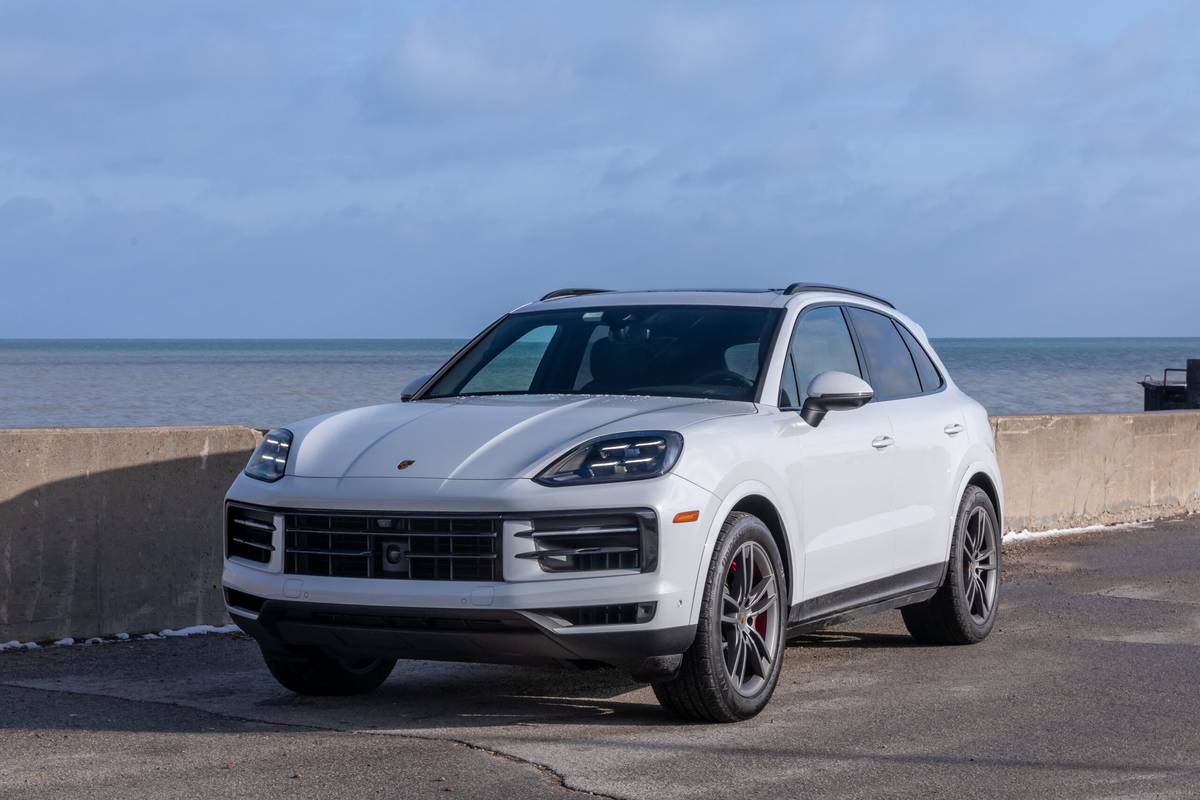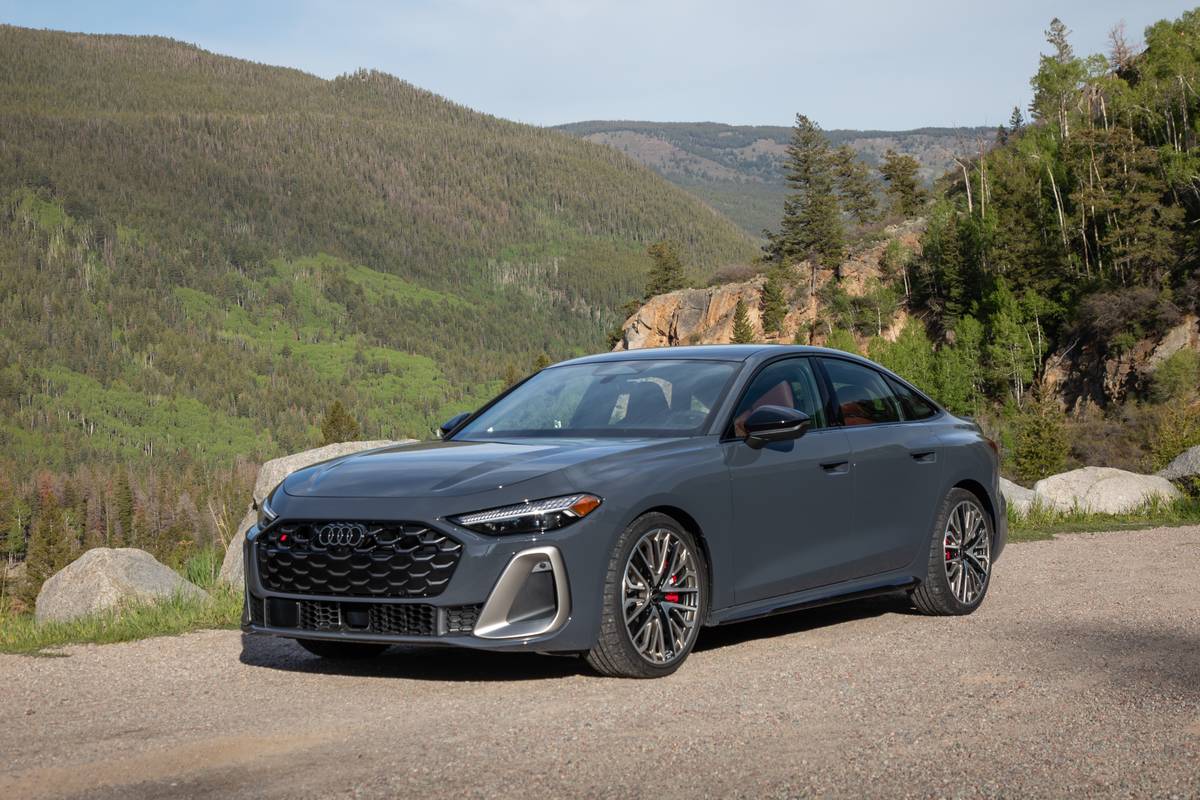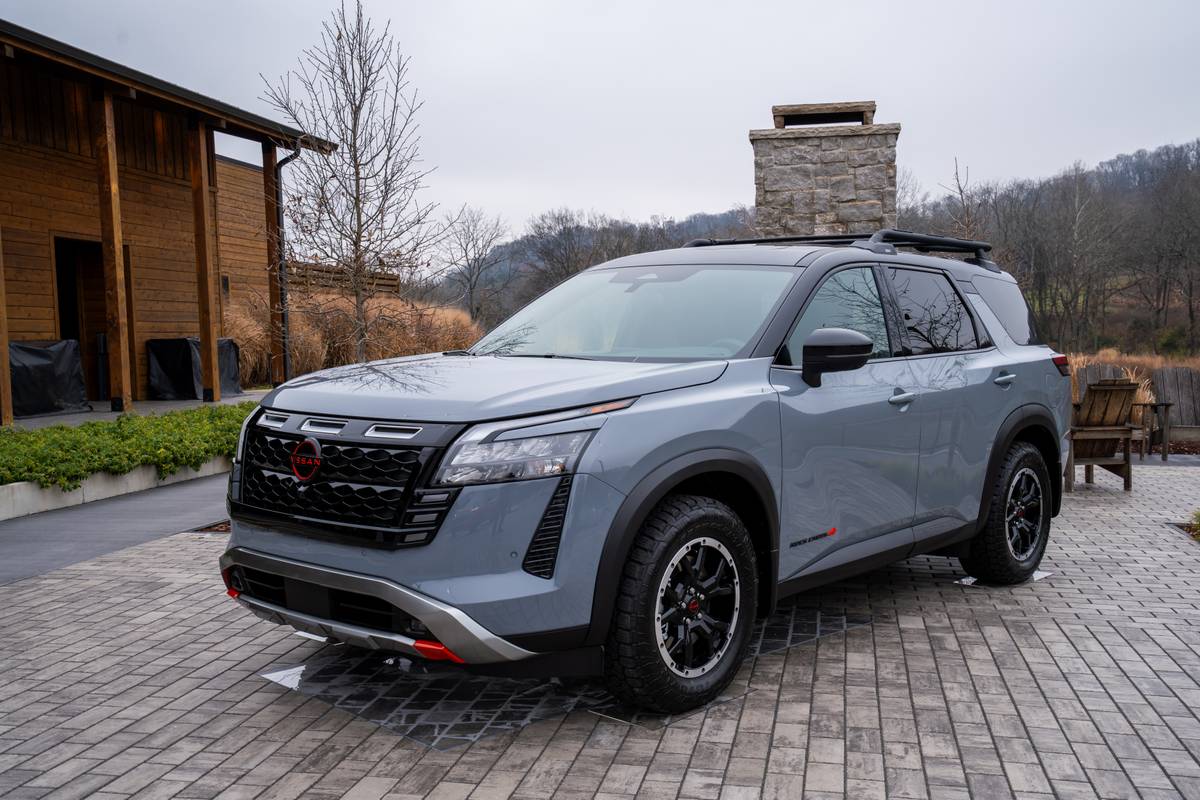washingtonpost.com's view
It was huge, painted in tan and green camouflage colors and laden with chrome-plated brush guards. It was parked outside the Las Vegas Convention Center, where 80,000 members of the nation’s $32 billion aftermarket auto-parts industry had gathered to display their wares. It was a super edition of the 2000 Ford Excursion sport-utility vehicle, and it attracted a crowd.
What amazed me was the nature of the onlookers. Many were in the auto business, of course. But there was a big group of regular folks, local residents and tourists who had stopped by to look at the dressed-up cars and trucks on exhibit at the Automotive Aftermarket Industry Week show.
Those people were in awe. Some were in love. They went over every inch of that high-profile Excursion, touching it, oohing and aahing, begging for a peek at its interior. Some already owned big sport-utes, such as the Chevrolet Suburban and Lincoln Navigator. But the Excursion was even bigger–7.2 inches longer, 3.3 inches wider and up to 5.8 inches taller than its biggest rivals. That appealed to its admirers.
I was stunned. A week earlier, I had driven a black Excursion XLT in the Washington area, where I became a motorized pariah. I was scorned by people who view driving as a necessary evil, made more horrid by the presence of big trucks. Garages spurned me. And self-avowed environmentalists condemned me to a fate worse than smog.
It is easy, in such an environment, to assume that Ford Motor Co. erred by producing the Excursion.
Then I came here, where I met people from Montana, Georgia and Texas–and from Front Royal, Va., which is about 50 miles west of the District of Columbia. I learned that Washington is not mainstream America.
Mainstream America loves big trucks, which is why it put in 40,000 orders for the 25,000 Excursions being built in calendar 1999. Those buyers aren’t stupid, nor are they anti-environment. There is some ego gratification, of course. But there’s much common sense that goes into their purchase decisions, too.
Excursion-class buyers say they use their trucks the way God intended them to use big trucks: They carry lots of people–nine people, in the case of the Excursion. They frequently go off-road, on hunting and fishing trips and other outdoor adventures. And they often carry lots of stuff and tow trailers–trailers weighing as much as 10,000 pounds, in the case of the Excursion.
Most people don’t match the Excursion buyer’s needs/wants profile. Nor are most buyers willing to pay more than $35,000 for a truck or any other vehicle. Thus it is unlikely that the Excursion, or similar trucks, will numerically dominate the U.S. automotive landscape.
But the Excursion will please its owners. It is a smooth-riding truck, thanks to its super-long 137-inch wheelbase, its 16-inch-diameter tires, and its live-axle-and-leaf-spring suspension system, which employs softer body mounts.
Despite its girth, heft and power, it also meets–and exceeds–f ederal clean-air standards. It is actively and passively safe, a key part of its active safety being its size and appearance. It’s intimidating, and other motorists stay well away from it.
The Excursion is no error. It is built on Ford’s Super Duty F-Series pickup-truck chassis, which means the company now has two high-demand, high-profit vehicles on one platform. That means happy stockholders as well as happy customers. That seems like good business to me.
2000 Ford Excursion
Complaints: You can’t park it in the city, which is probably just as well. This one should not be driven in habitually congested areas, unless it is necessary to do so. It’s a matter of common sense.
Praise: Overall, an excellently engineered big truck that offers big-truck lovers practically everything they’ve ever wanted.
Ride, acceleration and handling: Surprisingly good in all three areas. I expected total clunkiness; I got smoothness and agility. The test truck was equippe d with a 5.4-liter single-overhead-cam V-8 engine designed to produce 255 horsepower at 4,500 rpm and 350 pound-feet of torque at 2,500 rpm. Other available engines include a 310-horsepower V-10 and a 235-horsepower V-8 diesel.
Head-turning quotient: You can’t miss it.
Capacities: It can seat nine people, carry a payload weighing of as much as 1,950 pounds and pull a trailer weighing as much as 10,000 pounds.
Mileage: Barely 14 miles per gallon in the Washington area test. But fuel capacity is 44 gallons (regular unleaded recommended), which means you probably won’t run out of gasoline before you reach the next station.
Price: Base price on the test vehicle (the Excursion XLT with four-wheel drive) is $36,775. Dealer’s invoice on base model is $32,018. Price as tested is $38,705, including $1,160 in options and a $770 destination charge.
Purse-strings note: The biggest of the big. It’s not for everyone.
Latest news



